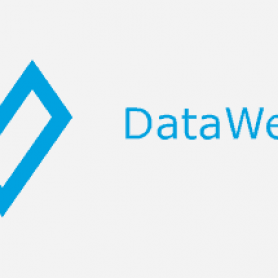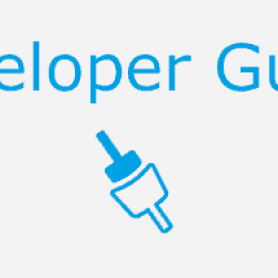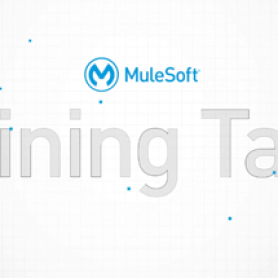Round-up: The 7 most popular blog posts from 2017
This year, we published over 215 blog posts spanning a wide variety of topics––from why messaging queues suck to why ESB-led integration is no
HowTo – Invoke Java/Groovy logic in DataWeave
When building DataWeave transformations for your Mule application, you will run into situations in which you will need to invoke external logic that may
HowTo – Perform date arithmetic with DataWeave
When integration involves different applications, systems, or databases, we face a common challenge: how do we bridge between data formats and how can we
HowTo – Implement logic handling in DataWeave
Logic handling using DataWeave is essential for simple mediums and highly complex transformations, in which the mapping requirements necessitate generating outputs based on values
Common API mistakes
Do you know if you are doing it right? This is the question that many of us are faced with when starting with APIs,
Dev Guide: Build a Mule integration with a Slack slash command (Part 3)
Picking up from the second part of this series, this blog post will wrap up building an end-to-end API solution. For the first post,
HowTo – Handle HL7 Messages with Anypoint Platform
At MuleSoft, we work with a number of hospitals, healthcare systems, insurers, and other healthcare organizations. These organizations use different computer systems–from billing and
How to ETL using Anypoint Design Center
In today's Training Talks, we'll learn how to extract, transform, and load data (ETL) using Anypoint Design Center's flow designer. In this demo, Mark
How to Read a Properties File in Mule
This post was written by one of the stars in our developer community, Rakesh Kumar Jha. As a MuleSoft Certified Architect, Designer and Developer, I
HowTo – Connect Blockchains with APIs and Anypoint Platform
Blockchains are slowly creeping their way into the enterprise and gaining acceptance. As Harvard researchers reveal, “No matter what the context, there’s a strong


















